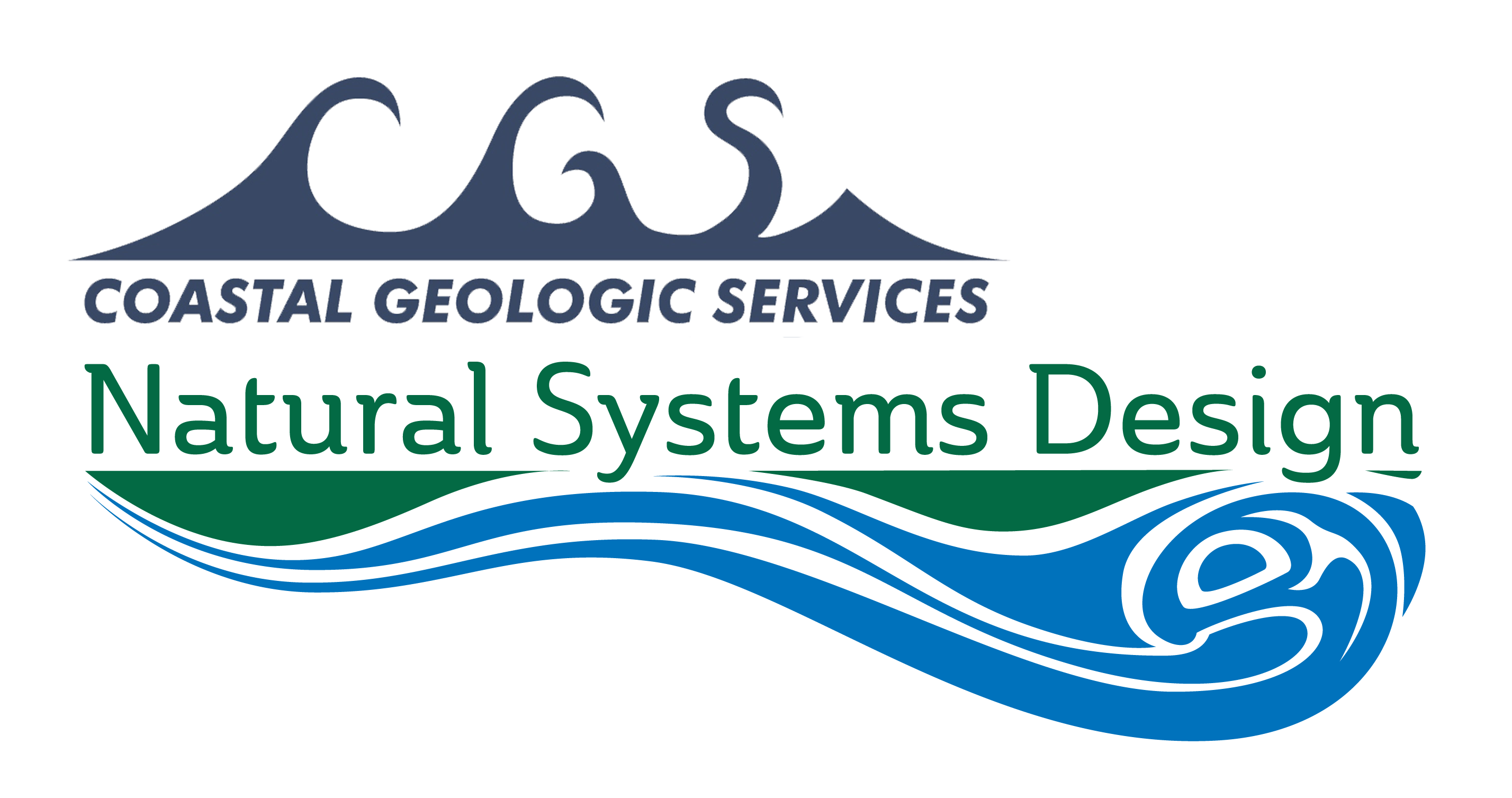Abstract: Stream restoration designed specifically to enhance hyporheic processes has seldom been contemplated. To gain experience with hyporheic restoration, an engineered streambed was built using a gravel mixture formulated to mimic natural streambed composition, filling an over-excavated channel to a minimum depth of 90 cm. Specially designed plunge-pool structures, built with subsurface gravel extending down to 2.4 m, promoted greatly enhanced hyporheic circulation, path length, and residence time. Hyporheic process enhancement was verified using intra-gravel temperature mapping to document the distribution and strength of upwelling and downwelling zones, computation of vertical water flux using diurnal streambed temperature patterns, estimation of hyporheic zone cross section using sodium chloride tracer studies, and repeat measurements of streambed sand content to document evolution of the engineered streambed over time. Results showed that vertical water flux in the vicinity of plunge-pool structures was quite large, averaging 89 times the pre-construction rate, and 17 times larger than maximum rates measured in a pristine stream in Idaho. Upwelling and downwelling strengths in the constructed channel were larger and more spatially diverse than in the control. Streambed sand content showed a variety of response over time, indicating that rapid return to an embedded, impermeable state is not occurring.

